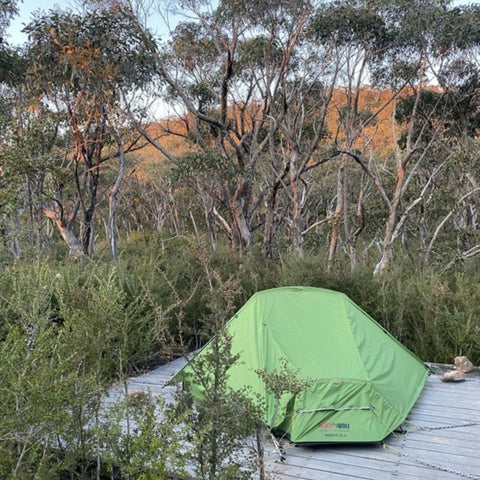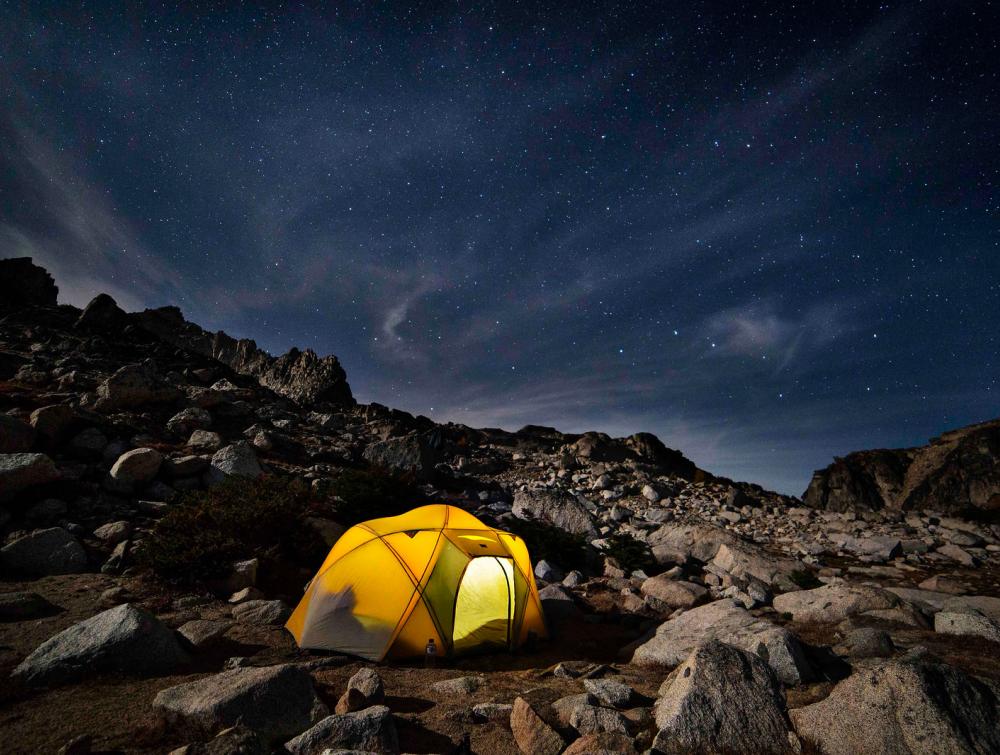Leave No Trace Camping with Horses: A Comprehensive Guide

Camping with horses offers a unique way to explore nature, but it also comes with responsibilities to protect the environment. Practicing Leave No Trace (LNT) principles ensures that both the land and wildlife remain unharmed for future generations. This article will guide you through the essentials of Leave No Trace camping when traveling with horses.
What is Leave No Trace?
Leave No Trace is a set of outdoor ethics promoting conservation and responsible recreation. It encourages minimizing human impact on natural areas by following seven core principles.
| Principle | Description |
|---|---|
| Plan Ahead and Prepare | Research and prepare to reduce impact |
| Travel and Camp on Durable Surfaces | Use established trails and campsites |
| Dispose of Waste Properly | Pack out all trash and manage human and animal waste |
| Leave What You Find | Preserve natural and cultural artifacts |
| Minimize Campfire Impact | Use camp stoves or established fire rings |
| Respect Wildlife | Observe from a distance and avoid disturbing animals |
| Be Considerate of Other Visitors | Keep noise low and yield to others |
Special Considerations for Horse Camping
Horses can have a significant impact on the environment if not managed carefully. Here are key points to consider:
- Manure Management: Horse manure can introduce non-native seeds and nutrients that disrupt local ecosystems. Always pack out manure or scatter it in areas where it will not affect water sources or trails.
- Trail Use: Stick to designated horse trails to prevent soil erosion and damage to vegetation.
- Water Sources: Avoid contaminating streams and lakes by watering horses away from these sources.
- Feed: Use weed-free feed to prevent spreading invasive plants.
Setting Up a Horse-Friendly Campsite
When camping with horses, choose a site that minimizes environmental impact:
- Use existing campsites or durable surfaces.
- Set up corrals or picket lines in areas with minimal vegetation.
- Avoid sensitive habitats such as wetlands or meadows.
- Keep feed and tack organized to prevent waste and litter.
Practical Tips for Leave No Trace Horse Camping
- Plan Your Route: Choose trails and campsites that accommodate horses and have minimal environmental sensitivity.
- Pack Out Manure: Bring manure disposal bags or tools to remove waste.
- Use Portable Water Containers: Prevent contamination of natural water sources.
- Limit Group Size: Smaller groups reduce impact.
- Educate Your Group: Ensure everyone understands LNT principles.
FAQ: Leave No Trace Camping with Horses
Q1: Can I camp anywhere with my horse?
A: No, always use designated campsites and trails to protect the environment.
Q2: How do I dispose of horse manure?
A: Pack it out if possible or scatter it in areas away from water and trails.
Q3: What should I feed my horse on the trail?
A: Use certified weed-free hay to prevent spreading invasive species.
Q4: Are campfires allowed when camping with horses?
A: Use established fire rings or camp stoves to minimize fire impact.
Q5: How can I minimize my horse’s impact on water sources?
A: Water horses at least 200 feet away from streams or lakes.
Conclusion
Leave No Trace camping with horses requires thoughtful planning and respect for nature. By following these guidelines, you can enjoy your outdoor adventure while preserving the environment for others to enjoy.
References
- Leave No Trace Center for Outdoor Ethics: https://lnt.org/
- American Horse Council: https://horsecouncil.org/
- USDA Forest Service: https://www.fs.usda.gov/
This guide aims to help horse campers embrace responsible outdoor ethics and ensure that their adventures leave only footprints behind.
